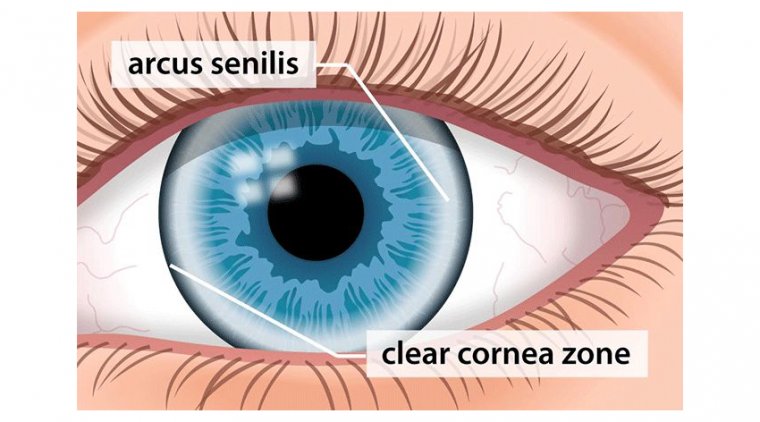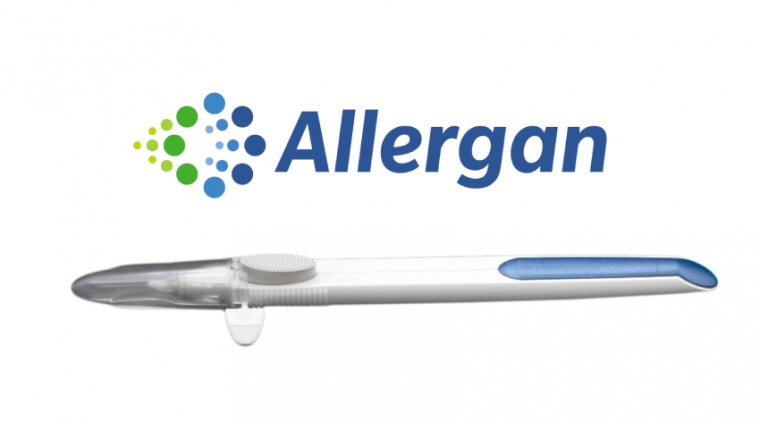
Workplace Eye Wellness Month: Essential Tips for Employers & Employees
In the modern workplace, maintaining eye health has become increasingly crucial, especially as many professions demand prolonged periods of screen time. Recognizing the significance of this issue, Workplace Eye Wellness Month is observed to raise awareness about the importance of eye health in professional settings. This month-long observance serves as a reminder for employers and employees to take steps to protect their vision and prevent eye strain and other related issues.
The Importance of Eye Wellness in the Workplace
Eye wellness in the workplace is vital for several reasons. Firstly, long-term exposure to screen light and poor ergonomic practices can lead to more serious eye conditions, including digital eye strain, dry eye syndrome, and even long-term vision problems. Secondly, it can significantly impact productivity; eye strain and discomfort can lead to decreased concentration and increased mistakes.
Tips for Employees
1. Follow the 20-20-20 Rule: To combat eye strain, make a habit of looking away from your computer every 20 minutes at something 20 feet away for at least 20 seconds. This simple practice helps to reduce fatigue by allowing your eyes to refocus and rest.
2. Adjust Your Workspace Lighting: Ensure that your workspace is well-lit but without glare. Use blinds or shades on windows and an adjustable desk lamp to minimize glare on your screen, which can strain your eyes.
3. Optimize Your Screen Settings: Adjust your computer monitor settings to reduce eye strain. Increase the contrast, lower the brightness to match your surrounding workspace lighting, and enlarge text size for easier reading.
4. Maintain an Ergonomic Workstation: Position your computer screen about an arm's length away and just below eye level. This setup helps to reduce strain on your eyes and neck, promoting better posture.
5. Blink More Often: Staring at a screen can reduce your blink rate, leading to dry eyes. Make a conscious effort to blink more frequently to keep your eyes moist and comfortable.
6. Use Computer Glasses: Consider using computer glasses with blue light filters, especially if you spend several hours at your computer. These glasses can help reduce glare and increase the contrast of your screen, making it easier on your eyes.
.jpeg)
Tips for Employers
1. Educate Your Team About Eye Health
Knowledge is the first step toward prevention. Employers should provide resources and conduct workshops or seminars on eye health, emphasizing the risks of prolonged screen time and the importance of regular eye check-ups. Topics can include understanding digital eye strain, the significance of proper lighting, and the benefits of ergonomic furniture.
2. Optimize Workplace Lighting
Excessive, insufficient, or poorly directed lighting can contribute significantly to eye strain. Employers should ensure that workspaces are well-lit, with a focus on reducing glare on computer screens. This might involve adjusting office layout, investing in anti-glare screens, or installing blinds on windows to control natural light.
3. Provide Vision Care Benefits
A comprehensive health benefits package that includes vision care can encourage employees to undergo regular eye examinations and treatments when necessary. This not only helps in early detection and correction of eye-related issues but also demonstrates an employer's investment in their employees' overall well-being.
4. Encourage Ergonomic Workstations
An ergonomically designed workspace can significantly reduce the risk of eye strain and other physical discomforts. Employers should encourage or provide adjustable chairs, desks, and computer monitors, allowing employees to customize their workstations to suit their physical dimensions and preferences. The top of the computer screen should be at or slightly below eye level to help reduce eye strain.
5. Promote the Use of Protective Eyewear
For jobs that require exposure to hazardous materials or conditions, providing protective eyewear is essential. In office settings, consider offering glasses with blue light filters to employees who spend most of their day in front of screens. These glasses can help minimize eye strain caused by blue light emissions from digital devices.
6. Foster a Healthy Workplace Environment
Beyond direct eye health interventions, promoting a healthy lifestyle contributes to overall eye wellness. This includes providing healthy snack options, encouraging physical activity, and ensuring that workspaces have adequate humidity to prevent dry eyes.
Conclusion
As the lines between physical and digital workspaces continue to blur, promoting eye wellness has become an indispensable component of workplace health and safety. By implementing these strategies, employers and employees can help mitigate the risks associated with prolonged screen time, leading to a healthier, more productive workforce.
Remember, investing in eye wellness is not just about preventing discomfort and health issues; it's about creating a work environment that prioritizes the well-being of every employee, fostering a culture of care and respect that extends beyond the office walls.
FAQ
Employers can promote eye wellness by providing ergonomic furniture and equipment, ensuring proper lighting, encouraging regular breaks, offering vision care benefits, and conducting regular safety training. Creating a supportive environment that prioritizes eye health can lead to reduced eye strain, fewer injuries, and improved productivity.
(1).jpg)










